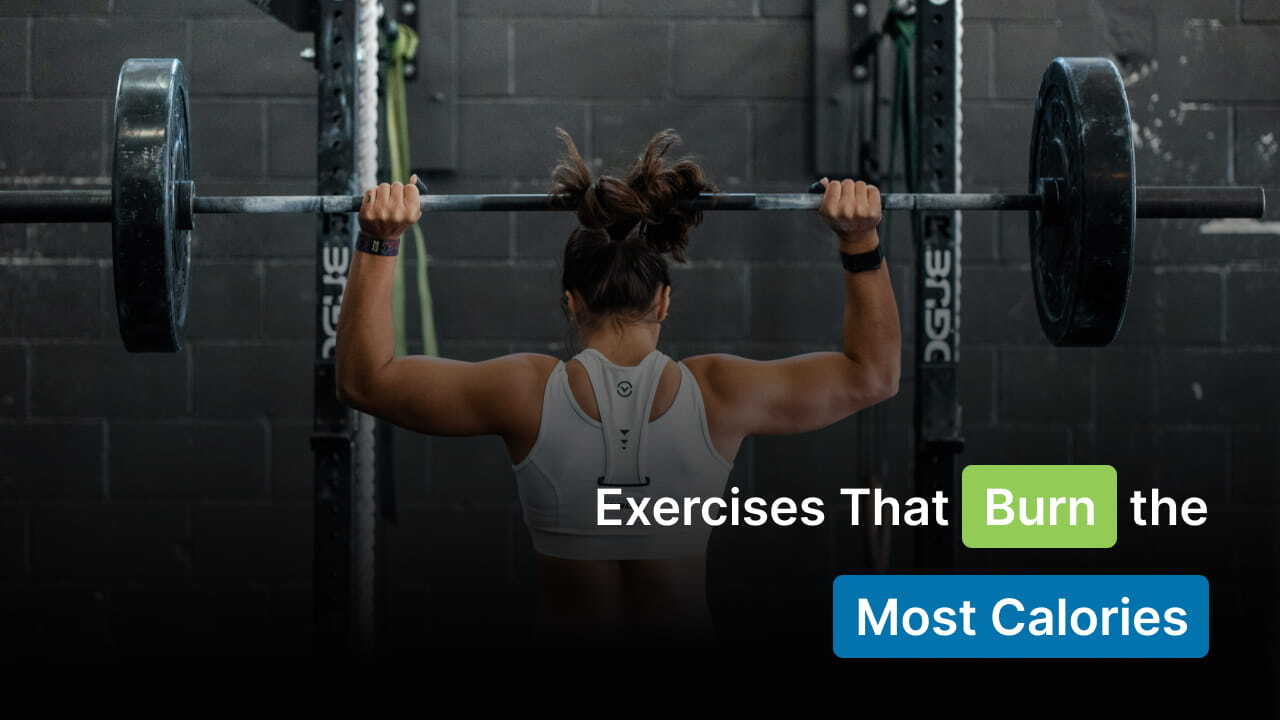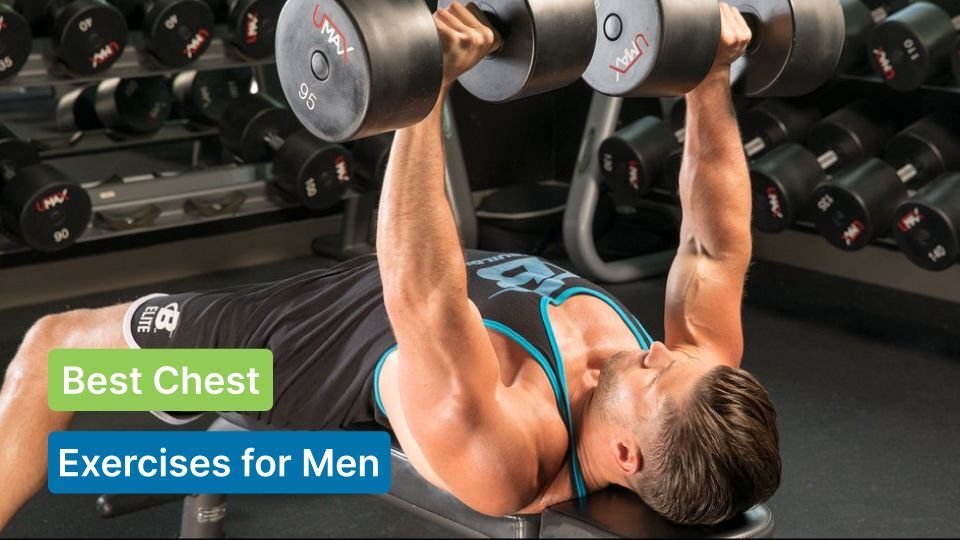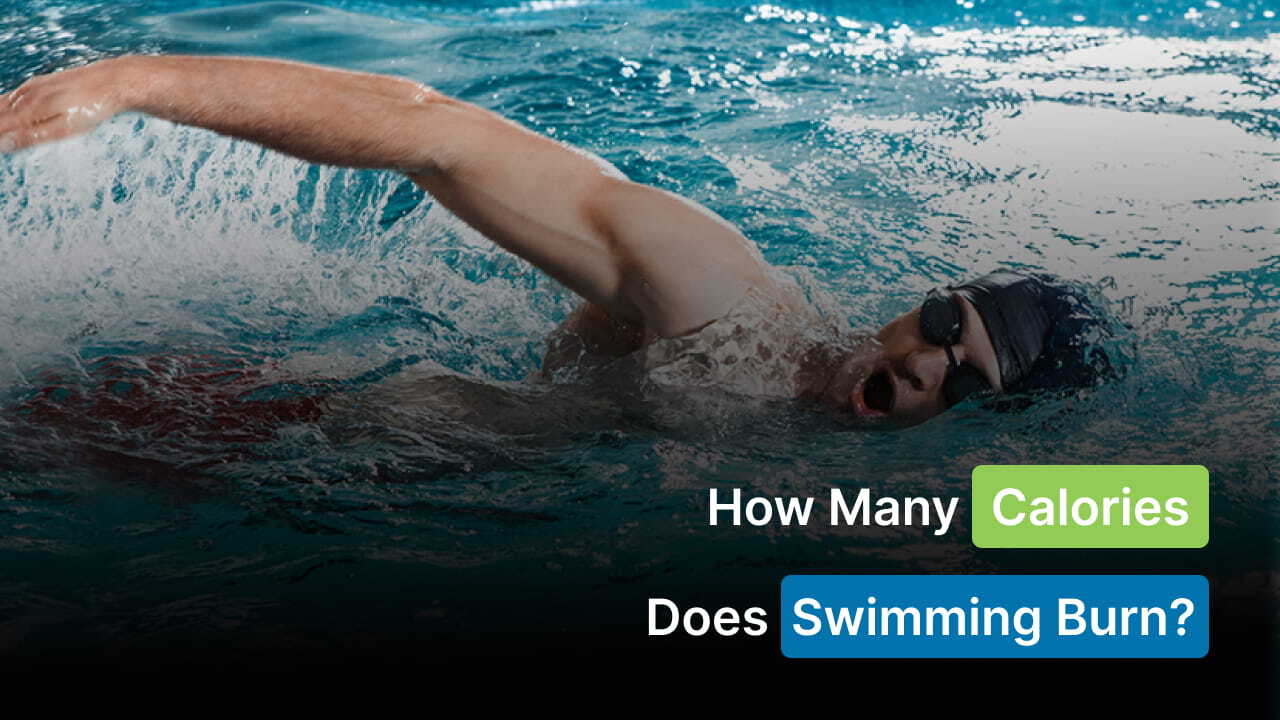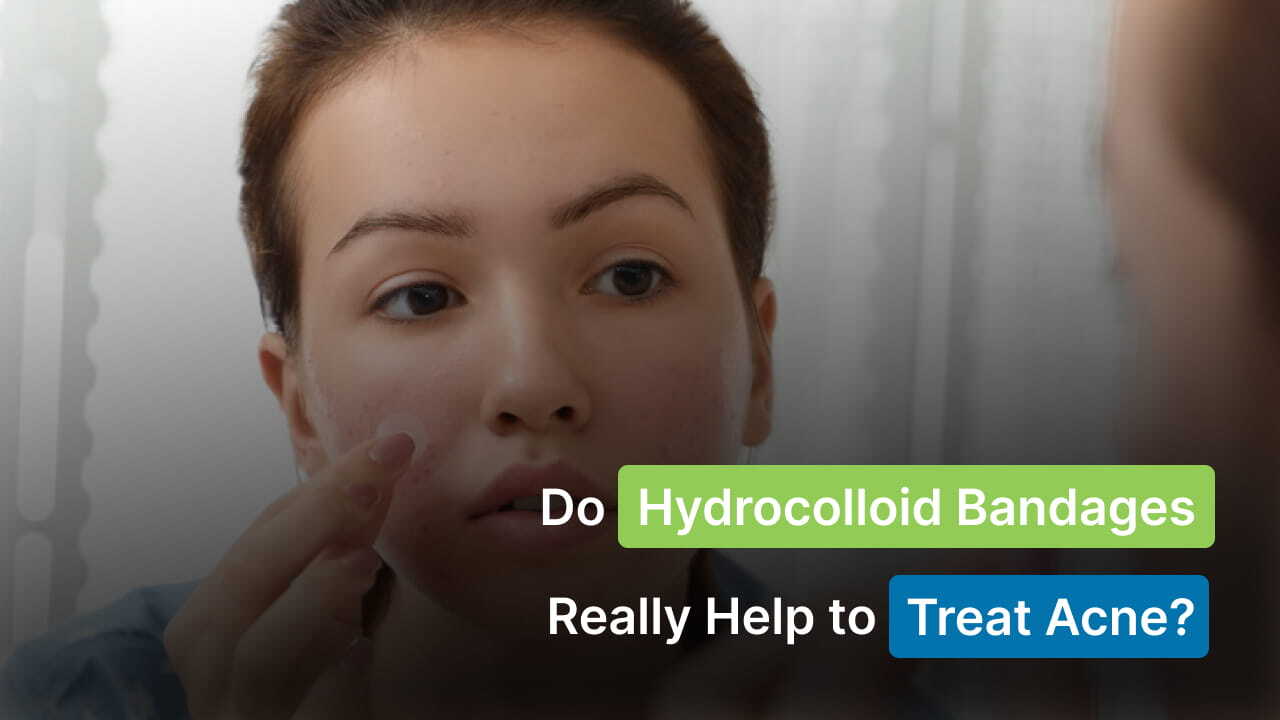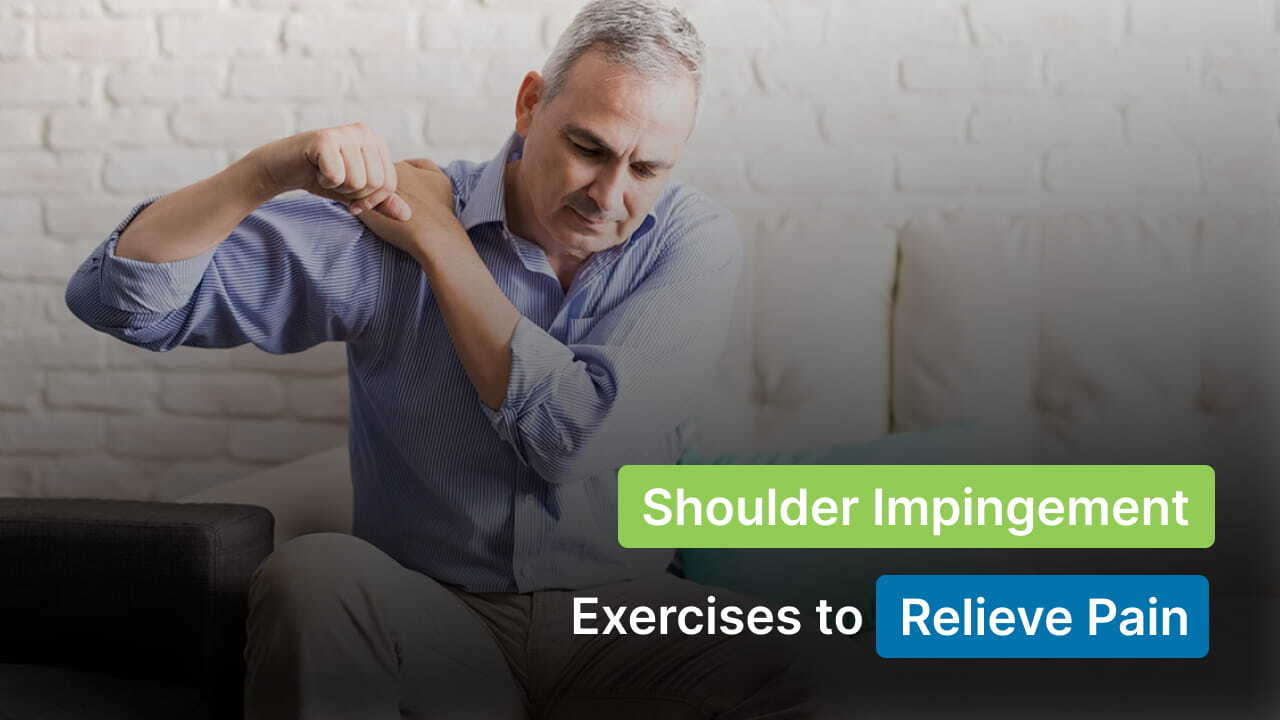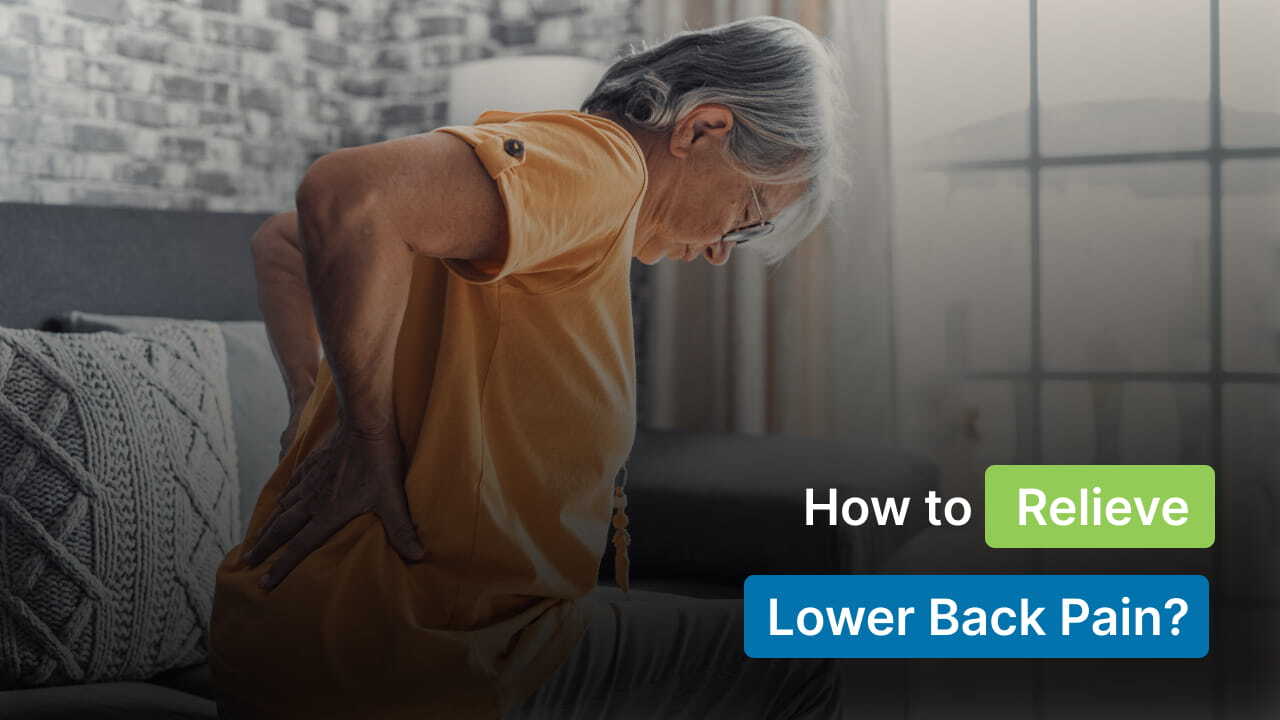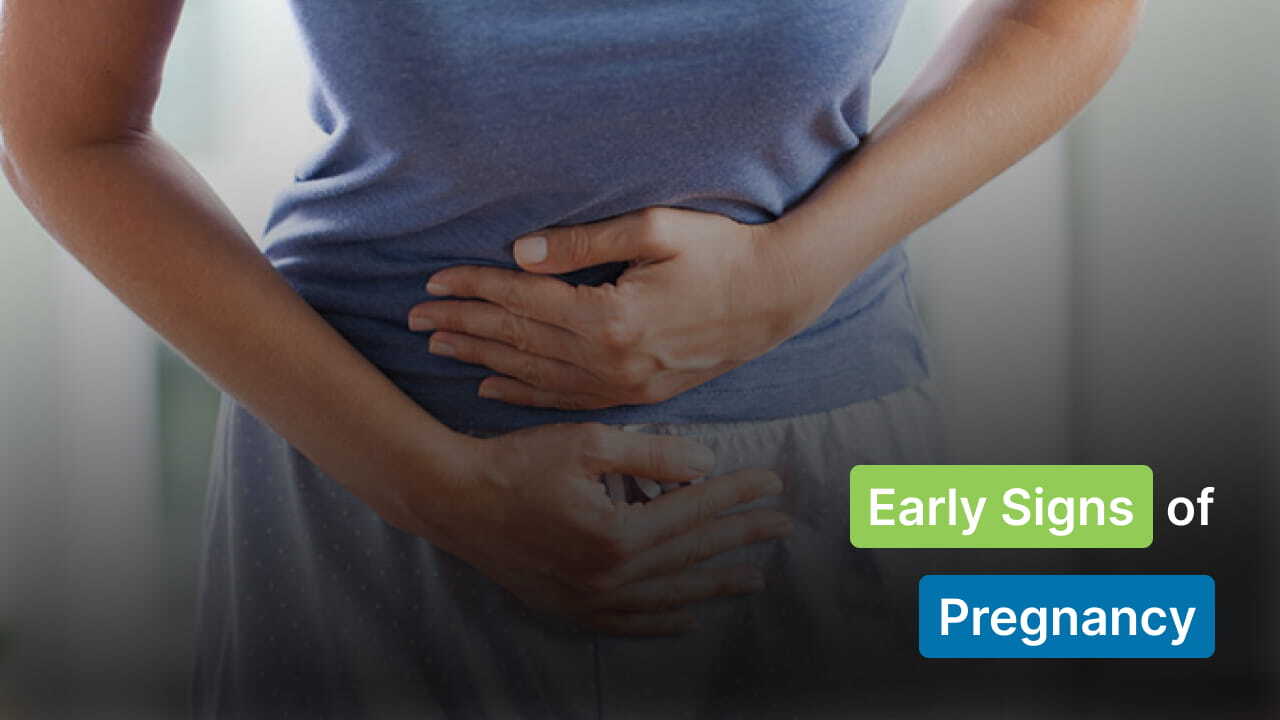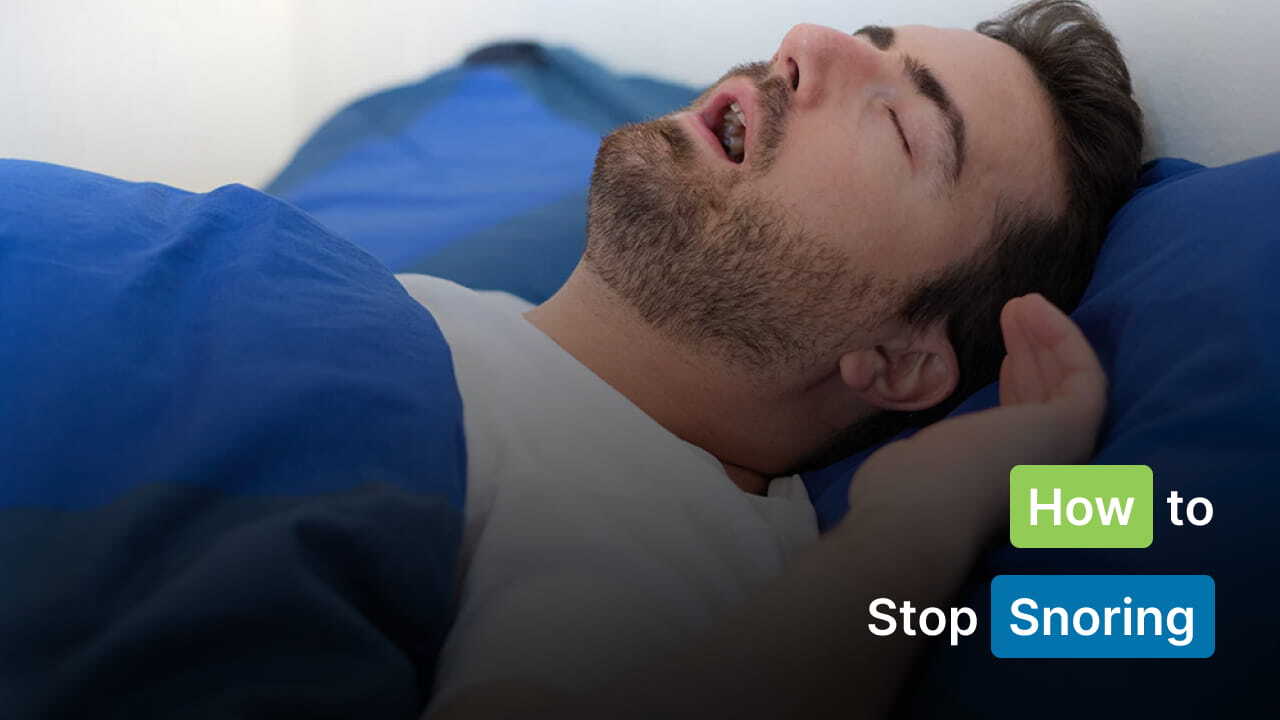
Accidents and injuries are an unfortunate reality in the familiar confines of our homes. Having the knowledge and skills to administer immediate first aid is not only a valuable asset but a critical aspect of ensuring the well-being of ourselves and our loved ones.
In this extensive guide, we will delve deeper into various minor injuries, offering detailed insights into the best approaches for administering first aid at home.
Assessing the Situation
Before we delve into specific injuries, it is paramount to understand when to call for professional medical assistance. Recognizing serious illnesses or injuries and making informed decisions is crucial.
Refer to our below article to know when to call an ambulance for comprehensive information that will aid you in assessing the severity of a situation.
Bumps and Bruises
Common among the spirited endeavors of children, bumps and bruises are minor injuries that demand immediate attention.
Bruises, resulting from bleeding beneath the skin, can be effectively addressed by applying a wrapped ice pack for approximately 10 minutes. This helps reduce swelling and in most cases, bruises tend to heal within a couple of weeks.
However, when the injury involves the head, extra caution is warranted. Most blows to the head result in injury to the scalp, causing profuse bleeding but are typically more frightening than life-threatening.
Despite this, it is essential to be vigilant for any unusual signs following a head injury, as severe impacts can lead to swelling and damage to the brain.
If a child displays signs such as loss of consciousness, persistent crying, complaints of head and neck pain, abnormal walking, or any other concerning symptoms after a head injury, calling emergency services at 999 or 112 is imperative.
For less severe head injuries where the child remains conscious and alert, applying a wrapped ice pack and closely monitoring for the next 48 hours is advised. If any signs of brain injury manifest during this period, seeking immediate medical assistance is crucial.
Grazes
Grazes, characterized by superficial injuries where some skin is scraped off, are common and often encountered during various activities.
While it is not always a priority to clean the wound immediately, a short-term patch-up with a plaster is advisable. Thorough cleaning can be performed later when proper cleaning materials are available.
To clean a graze, use water or non-alcohol wipes, ensuring the removal of any grit or mud. Apply a non-adherent dressing pad to the wound (shiny side of the pad down). The dressing can be removed at night to allow air circulation, promoting healing.
For deeper wounds that can lead to excessive blood loss, a stop the bleed kit can stabilize the injured person until emergency services arrive.
Nose Bleeds
Nosebleeds, especially prevalent in children, can occur due to various factors, such as warm weather, exercise, picking, or accidental impact. When a child experiences a nosebleed, follow these steps:
- Seat them down.
- Lean them forward and pinch the bridge of the nose.
- Apply pressure for at least 10 minutes, using something absorbent to catch the blood.
- Change the grip until no blood is coming out.
- If the bleeding persists, seek medical help.
If the nosebleed results from trauma, such as a punch in the face, controlling the bleeding might be challenging. Apply a wrapped ice pack, maintain pressure, and seek immediate medical assistance.
More Serious Bleeds
When confronted with more serious bleeding, the priority is to staunch the flow of blood. Always wear gloves when dealing with bleeding and avoid washing a major injury, as it will be adequately cleaned in a hospital setting.
Sit or lie the person down to manage shock and prevent dizziness and fainting. Examine the wound for any lodged objects; if present, avoid removal.
Contrary to past recommendations, the latest guidelines suggest that elevation alone may not be sufficient to stop bleeding. Direct pressure on the wound is crucial and it should be applied consistently to prevent further blood loss.
Burns
Burns and scalds are injuries that require careful handling. The ideal treatment for a burn is to get it under cool, running water as quickly as possible.
It is crucial to use cool running water with temperatures between 2-15 degrees Celsius, maintaining this for at least a full 20 minutes. Ice and icy water should be avoided, as they can lead to hypothermia.
Once the burn has been adequately cooled, remove any loose clothing and jewelry. It is essential not to remove anything that has adhered to the burn.
For burns involving children, especially if blistering occurs and the affected area is larger than a 50p coin, immediate medical attention is necessary.
After cooling the burn, it can be loosely covered with cling film or inserted into a sterile plastic bag if appropriate.
Alternatively, continue running it underwater until professional medical assistance arrives, particularly for large burns or burns on vulnerable individuals, such as the elderly or children.
First Aid Kit Preparation
A quality first aid kit should include a first aid book or instructions, along with supplies to address major and minor bleeding, burns, breaks, and sprains. Ensure that the kit contains high-quality items, as cheap kits may not suffice during emergencies.
The first aid kit should be easily accessible, ideally in a bag with compartments for quick retrieval of necessary items. The contents should also be periodically checked and replenished, looking out for expiration dates.
Importantly, the kit should not contain medication, as specific medical conditions and allergies may vary among individuals.
Conclusion
Possessing the knowledge and skills to administer first aid for minor injuries at home is a valuable asset that can significantly impact the outcome of emergencies.
While this comprehensive guide provides insights into handling common injuries, it is highly recommended to attend fully regulated practical or online first aid courses to stay informed and prepared for any medical emergency.
Keep in mind that the information provided here is for guidance and education purposes and is not a substitute for professional medical advice. By prioritizing your preparedness and knowledge, you contribute to creating a safer and healthier environment for yourself and those around you.
Read Also:


